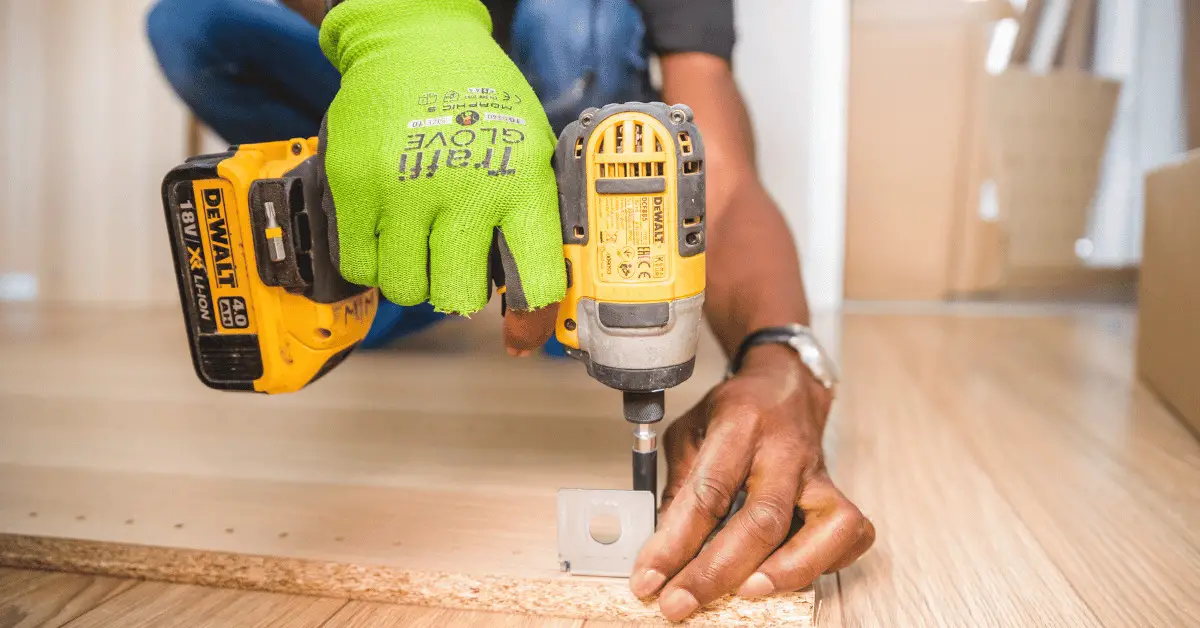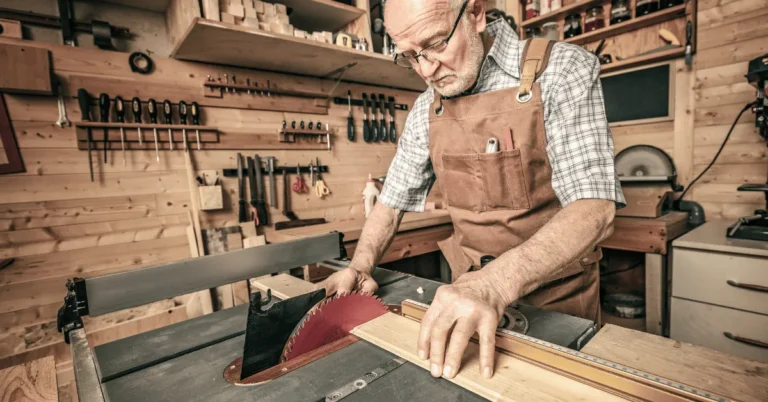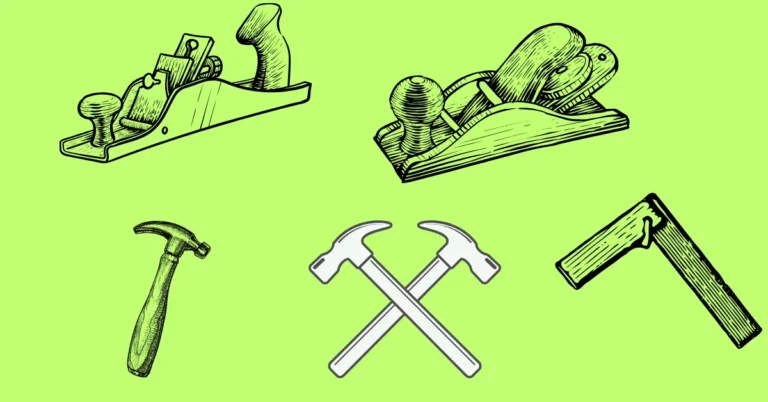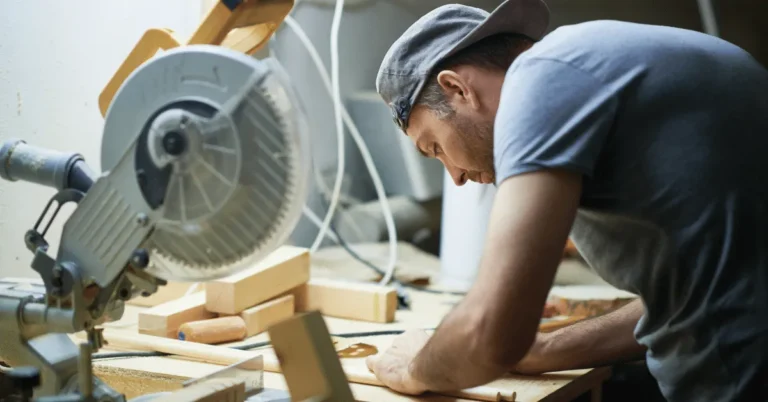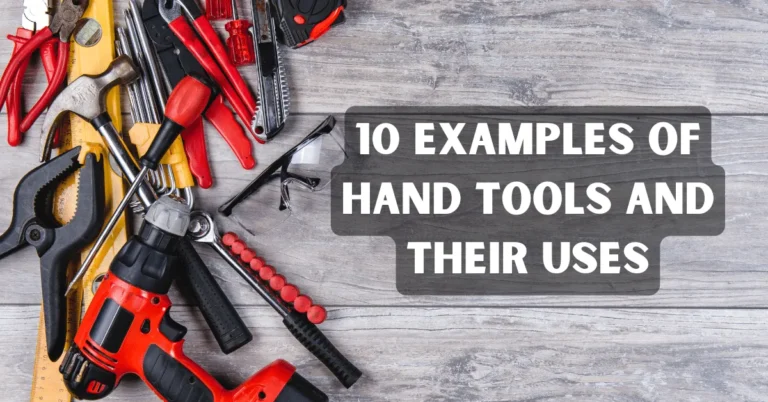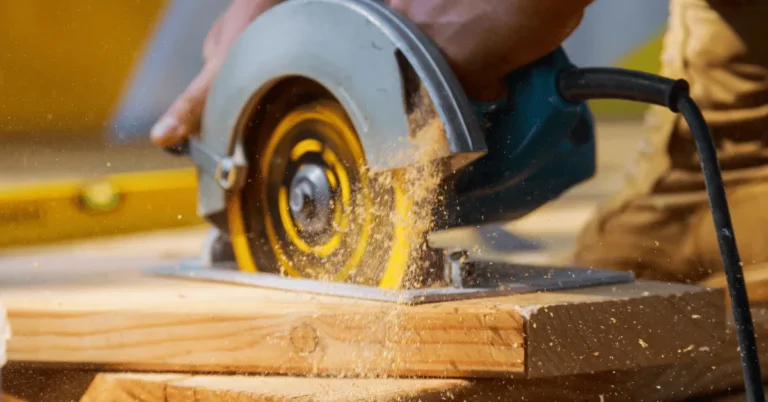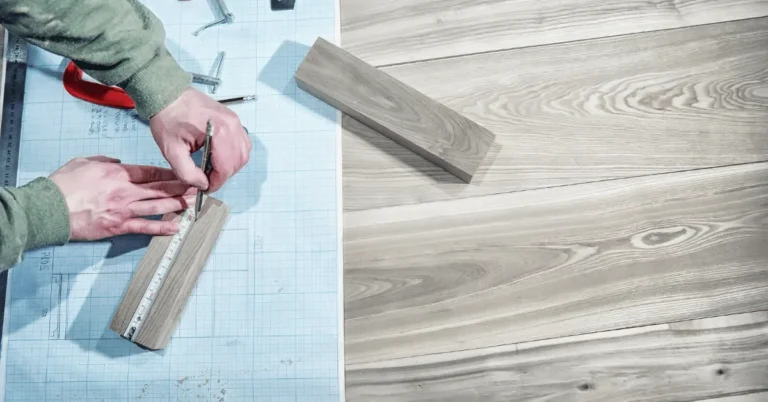What are The Different Uses of Hand Tools? (2024)
Hand tools are the unsung heroes of the DIY world. While power tools may get all the glory, it’s the trusty hand tools that often prove to be the real MVPs in any project.
From simple household repairs to intricate woodworking masterpieces, hand tools are the backbone of craftsmanship.
So, what are the different uses of hand tools?
Why do people use hand tools?
Some might say it’s because they are cheaper, more reliable, or more environmentally friendly than power tools. But the real reason is that hand tools are a way of expressing one’s personality, creativity, and skill.
Hand tools require more attention, patience, and finesse than power tools, which makes using them more satisfying and rewarding.
Hand tools also have a history and a character that power tools lack. They can be passed down from generation to generation, or collected as works of art. Hand tools are not just tools, they are extensions of oneself.

Read More: What are The Different Hand Tools Used in Woodworking With Pictures?
What are the different uses of hand tools?
For any woodworker aspiring to craft enduring masterpieces, hand tools are far from antiquated relics – they are indispensable instruments that contribute to the creation of fine and lasting pieces.
Hand tools excel at tasks beyond the capabilities of power tools, such as crafting intricate joints, shaping curves, smoothing surfaces, and adding ornate decorative details.
Hand tools also offer more control, precision, and feedback than power tools, allowing the woodworker to work with the grain and texture of the wood. Some of the most common hand tools used in woodworking are:
Different uses of hand tools

Read More: Why Use Hand Tools For Woodworking? (2024)
What is the most used hand tool?
This is a question that has puzzled many woodworkers, hobbyists and professionals alike. Some might say it is the hammer, the trusty companion of every carpenter.
Others might argue it is the saw, the essential tool for cutting and shaping wood. And yet others might claim it is the chisel, the versatile tool for carving and smoothing wood.
But the truth is, there is no definitive answer to this question. Different hand tools have different purposes, advantages and disadvantages, and preferences vary from person to person.
The most used hand tool in woodworking depends on the type of project, the skill level of the woodworker, and the personal taste of the craftsman.
Therefore, the best way to answer this question is to try out different hand tools yourself and see which ones suit your needs and style best. You might be surprised by what you discover!
Read More: How Do You Cut Particle Board Without Chipping It?

What are the different uses of hand tools for beginners?
Hand tools are not only cheaper and quieter than power tools, but also more versatile and fun to use. Whether you want to carve, cut, join, or shape wood, there is a hand tool for that. Here are some of the most common hand tools for beginners in woodworking and their uses:

Read More: Is Particle Board Safe to Cut? (Safety Precautions)
What are the different uses of hand tools for pro woodworkers?
Hand tools are not just for amateurs or hobbyists. Pro woodworkers know how to use them for various tasks, such as carving, shaping, smoothing, and joining wood.
Hand tools can offer more precision, control, and flexibility than power tools, as well as being quieter and cheaper.
Some of the essential hand tools for pro woodworkers are chisels, planes, saws, hammers, and clamps.
Final Thoughts – What are The Different Uses of Hand Tools?
While power tools have revolutionized the world of construction and DIY, hand tools remain an essential part of any toolbox.
Indispensable across a diverse array of tasks, their versatility, portability, and precision make them a must-have tool. Whether you’re a professional tradesperson or a hobbyist, having a good set of hand tools is a must.
From driving nails with a hammer to tightening screws with a screwdriver, hand tools have stood the test of time. They offer a level of control and craftsmanship that power tools simply can’t match.
So, the next time you’re faced with a DIY project or need to fix something around the house, don’t underestimate the power of hand tools.
Remember, hand tools are not just tools; they are an extension of your skills and creativity. Embrace the artistry of craftsmanship and enjoy the satisfaction of creating something with your own hands.
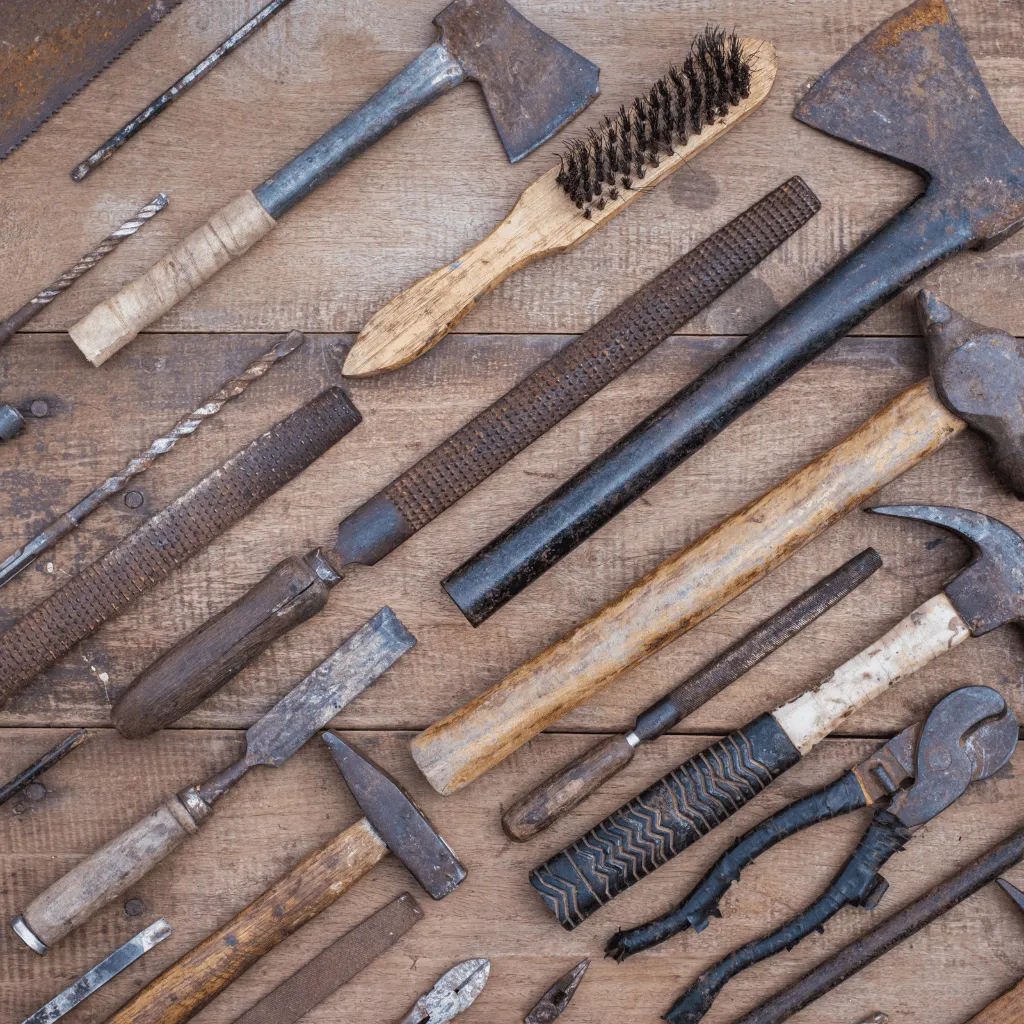
FAQs
Hand tools may not have the same power and speed as their electric counterparts, but they offer a level of precision and control that power tools often lack. They are also more portable and don’t require a power source, making them ideal for small jobs or working in tight spaces.
There are countless hand tools available, each with its own specific purpose. Some common hand tools and their uses include:
Screwdriver: Used for turning screws and tightening or loosening fasteners.
Hammer: Ideal for driving nails or removing them with the claw end.
Wrench: Used to tighten or loosen nuts and bolts.
Pliers: Great for gripping, bending, and cutting wires or holding objects firmly.
Chisel: Used for cutting or shaping wood or metal.
Absolutely! Hand tools come in a wide variety of shapes and sizes to cater to specific needs. For instance, there are hand saws for cutting through different materials, such as wood or metal, and hand planes for smoothing and shaping surfaces. There are even hand tools designed specifically for gardening, like pruning shears or trowels.
Hand tools are a great starting point for beginners in the world of DIY or woodworking. They are generally easier to handle and require less technical knowledge compared to power tools. Plus, using hand tools can help develop essential skills like precision, patience, and attention to detail.
Hand tools are inherently sustainable as they don’t rely on electricity or produce harmful emissions. They also tend to be more durable and longer-lasting than power tools, reducing the need for frequent replacements. Additionally, hand tools often require less maintenance and are easier to repair, further extending their lifespan.
